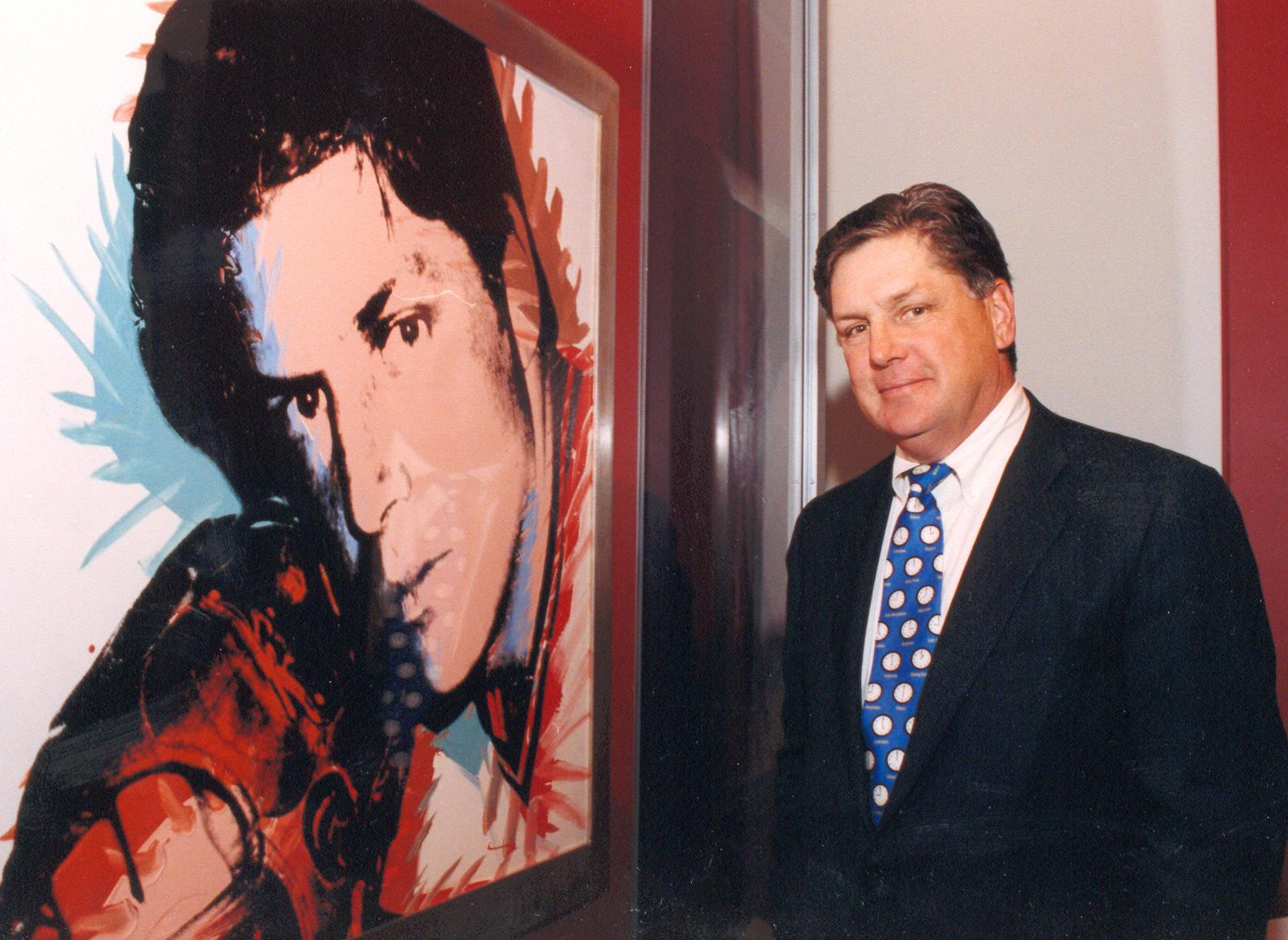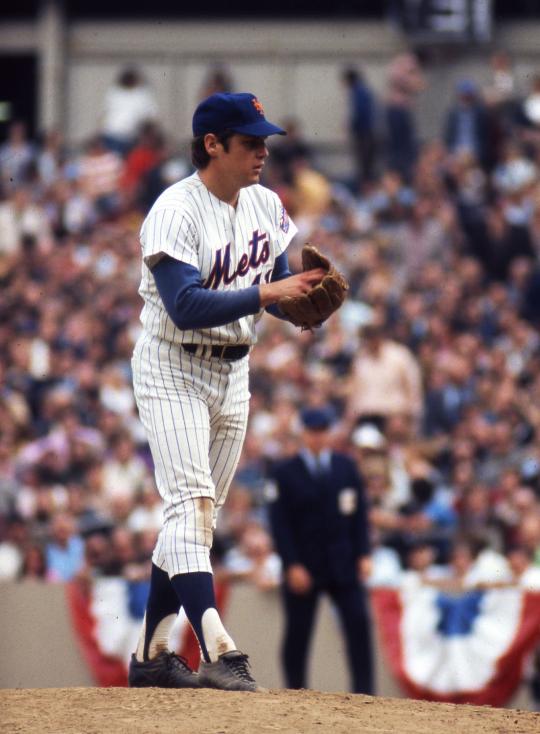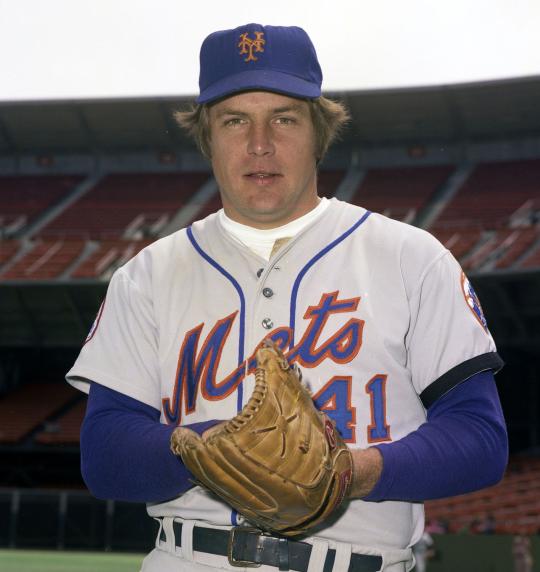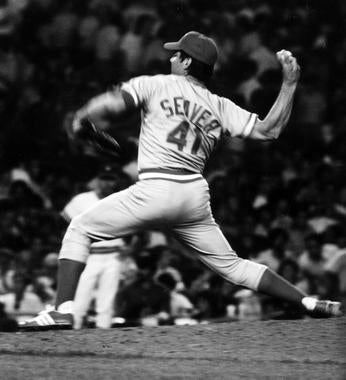Tom Seaver remembered as one of baseball’s greatest pitchers
In its perfect form, the word “pitcher” evokes images of baseball’s finest elements: Power, finesse, intelligence and durability.
George Thomas Seaver possessed them all, and the resultant mix produced one of the game’s most complete hurlers.
Seaver passed away on Aug. 31, 2020, at the age of 75. As the face of the New York Mets from the moment he arrived in the majors in 1967, Seaver grew into one of the most recognizable players of the 1970s.
Along the way, he captured three Cy Young Awards, earned 12 All-Star Game selections and posted five 20-win seasons.
His final totals: 311 victories, 3,640 strikeouts and a 2.86 ERA. His 16 Opening Day starts are the most by any pitcher.
Seaver spent time in the broadcast booth during and after his career, serving as an articulate voice of the game for the Mets and Yankees as well as ABC and NBC. He later moved from the behind the mic to front of a shovel, developing award-winning wines from his vineyard in California.
Seaver was elected to the Hall of Fame in his first year eligible in 1992 with a then-record 98.84 percent of the vote. He later served for a decade on the Hall of Fame's Board of Directors.
“My children,” Seaver told the New York Daily News on the day he was elected to the Hall of Fame, “will be able to take their children to the Hall of Fame and say: ‘There’s your grandfather. In his day, he was pretty good.’
“That’s a wonderful thing to think about.”
Craig Muder is the director of communications for the National Baseball Hall of Fame and Museum








